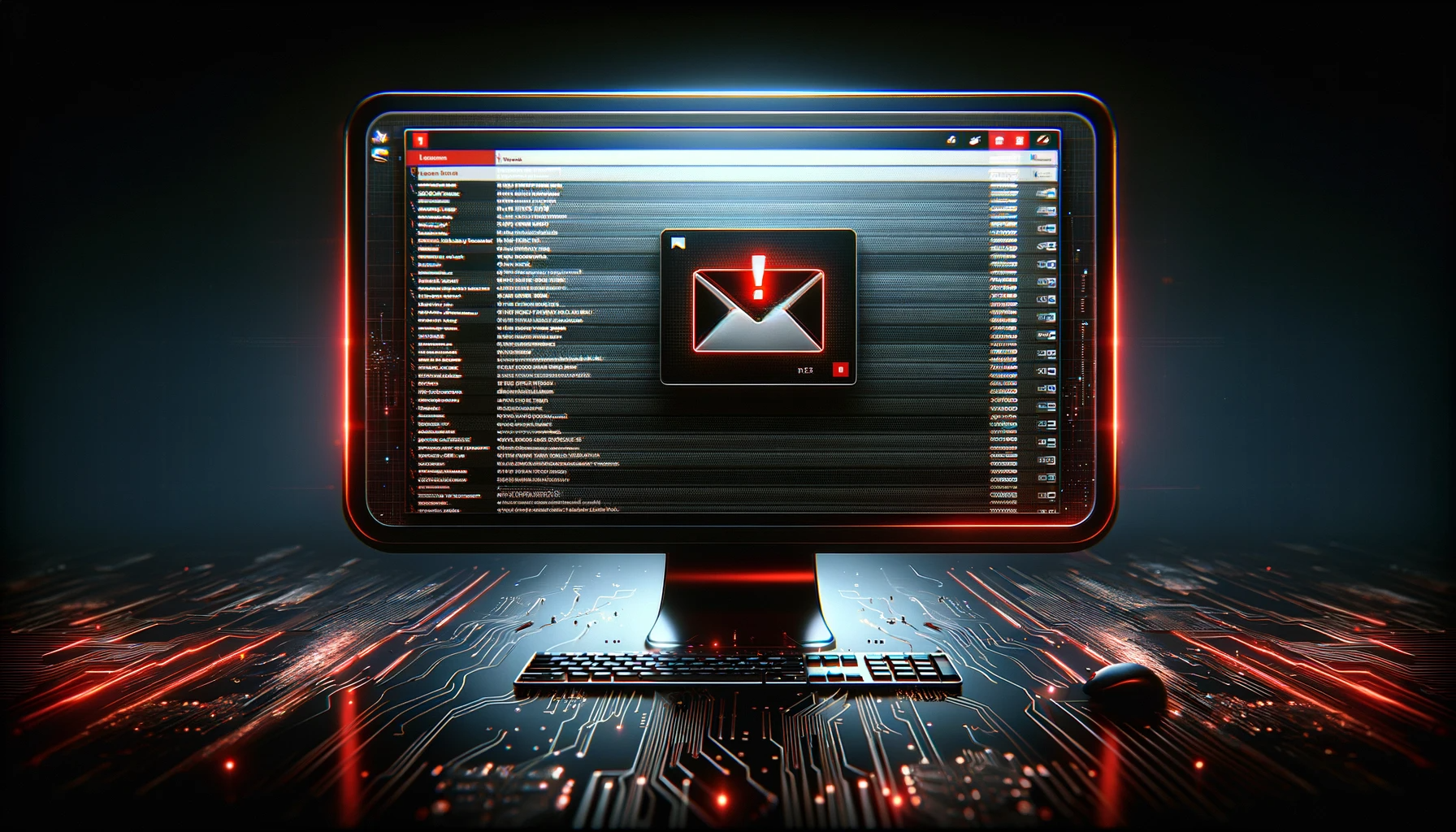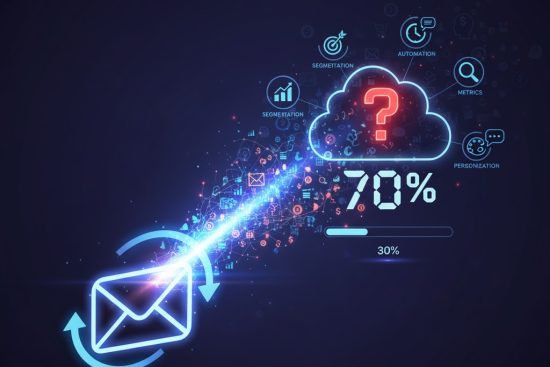
Table of Contents
E-mail has become an essential tool for communication. However, this medium is not without risk, as it continually faces evolving cyber threats. From intrusive viruses to increasingly cunning phishing tactics, our inboxes are constantly under threat. We'll tell you about the current reality of email security, exploring challenges and practical strategies and options for protecting our digital communications.
Types of Viruses in Emails
Here are some of the most common types of viruses that can infiltrate through e-mails:
Malicious Attachments
Cybercriminals often send seemingly harmless attachments, such as documents or images, that contain malicious code. By opening these files, users can inadvertently activate viruses that compromise the security of their system.
Phishing Links
Phishing emails often include links to fraudulent web pages. By clicking on these links, users may expose their credentials or download malware without their knowledge.
Malware Disguised as Legitimate Software
Some viruses cleverly disguise themselves as legitimate software or necessary updates. Users may be tricked into downloading and installing this malware thinking they are getting safe software.
Ransomware
Emails can carry ransomware, which encrypts the user's files and demands a ransom to restore access. These attacks can have serious consequences for individuals and businesses.
Malvertising
Some malicious emails contain fraudulent ads that, when clicked, redirect to compromised websites. These sites may contain scripts that download malware to the user's device.
E-mail Worms
Also called "Email worms", they are another category of malware that spreads through emails. Unlike other types of malware, worms do not require user intervention to spread; they replicate and distribute themselves automatically. These worms are attached to e-mail messages and often exploit vulnerabilities in system software or e-mail applications to infect computers.
The typical operation of an email worm involves the user receiving a seemingly legitimate email containing the worm as an attachment. If the user opens the attachment, the worm is activated and begins to replicate, sending copies of itself to contacts in the user's address book without their knowledge. This method of propagation can generate a rapid spread of the worm across a network, affecting multiple users.

Spyware
Spyware tracks and collects user information without the user's knowledge. This information can be used for malicious activities such as identity theft. It is imperative that users are aware of these types of viruses and take security measures, such as not opening suspicious emails, verifying the authenticity of senders and keeping security software up to date to mitigate the risk of infection.
Effective Prevention Methods
The above email threat prevention methods are applicable for both individual users and email providers. Read some of the methods below:
-
E-mail filtering: Implement advanced email filtering that identifies and blocks malicious messages before they reach the user's inbox.
-
Regular Updates and Patches: Ensure that all software and operating systems are updated with the latest security patches (a piece of software that fixes one or more vulnerabilities in a piece of software) to correct known vulnerabilities.
-
Use of Antivirus and Antimalware Software: Install and regularly update reliable security programs that offer protection against viruses, malware and other threats.
-
Sender Verification: When you receive an unexpected email or an email with unusual requests, verify the authenticity of the sender before clicking on links or downloading attachments.
-
Disabling Automatic Downloads: Configure email settings to disable automatic file downloading and script execution, thereby reducing exposure to potential threats.
-
Use of SSL Certificates: When interacting with links or websites provided in emails, make sure that the connection is encrypted using SSL certificates. This helps prevent man-in-the-middle attacks.
-
Configuration of Security Policies: Establishes and enforces security policies that restrict the execution of scripts and the opening of executable files in corporate environments.
-
Continuous Monitoring: Implement monitoring systems that alert on unusual activities in email traffic, allowing a quick response to possible threats.
-
Regular Backups: Make regular backups of critical data. In the event of an attack, having up-to-date copies makes it easier to restore without giving in to the demands of cybercriminals.
-
Use of Authentication Tools: It uses advanced authentication tools, such as SPF (Sender Policy Framework) and DKIM (DomainKeys Identified Mail), to verify the authenticity of e-mails.
Security Tools and Solutions
Ensuring email security involves the adoption of specialized tools and solutions designed to proactively detect and neutralize threats. Here we highlight some of the most popular tools and security solutions used to strengthen the defense against viruses and email threats:
- Microsoft 365 DefenderA security solution that addresses advanced email threats, identifies phishing and provides malware protection.
- Proofpoint Email Protection: It offers advanced filtering, protection against phishing threats and behavioral analysis to identify suspicious patterns.
- Barracuda Email Security Gateway: A solution that combines anti-spam filtering, malware and malicious link protection, and content analysis to keep threats out of the inbox.
- Sophos Email Security: It incorporates anti-phishing, anti-spam and anti-virus protection, as well as behavioral analysis to identify malicious activity.
- Cisco Email Security: A solution that uses cloud intelligence to block threats, with behavioral analysis and protection against social engineering attacks.
- Google Workspace (formerly G Suite) Security:
It integrates advanced email security features, such as spam and malware filtering, as well as phishing prevention tools.
Practical Tips for Users
Keep your e-mail safe with simple practices. Carefully verify senders, avoid clicking on suspicious links and validate attachments before opening them. Regularly update your security software and consider two-factor authentication for an additional layer of protection. Check your spam folder, avoid sharing sensitive information and be cautious with urgent emails. Use filters to organize your inbox and make backups for quick recovery in case of threats.
Email security is key, awareness and caution are your best allies to avoid falling into potential cyber threats.
Following these tips will strengthen your defense against email threats. In addition, if you are looking for a solid web infrastructure and reliable services, we invite you to explore what ClickPanda has for you. Discover our SSL certificate solutions, web hosting services and more to ensure a secure and robust online presence. Protect your information and access quality services that will enhance your digital experience.







